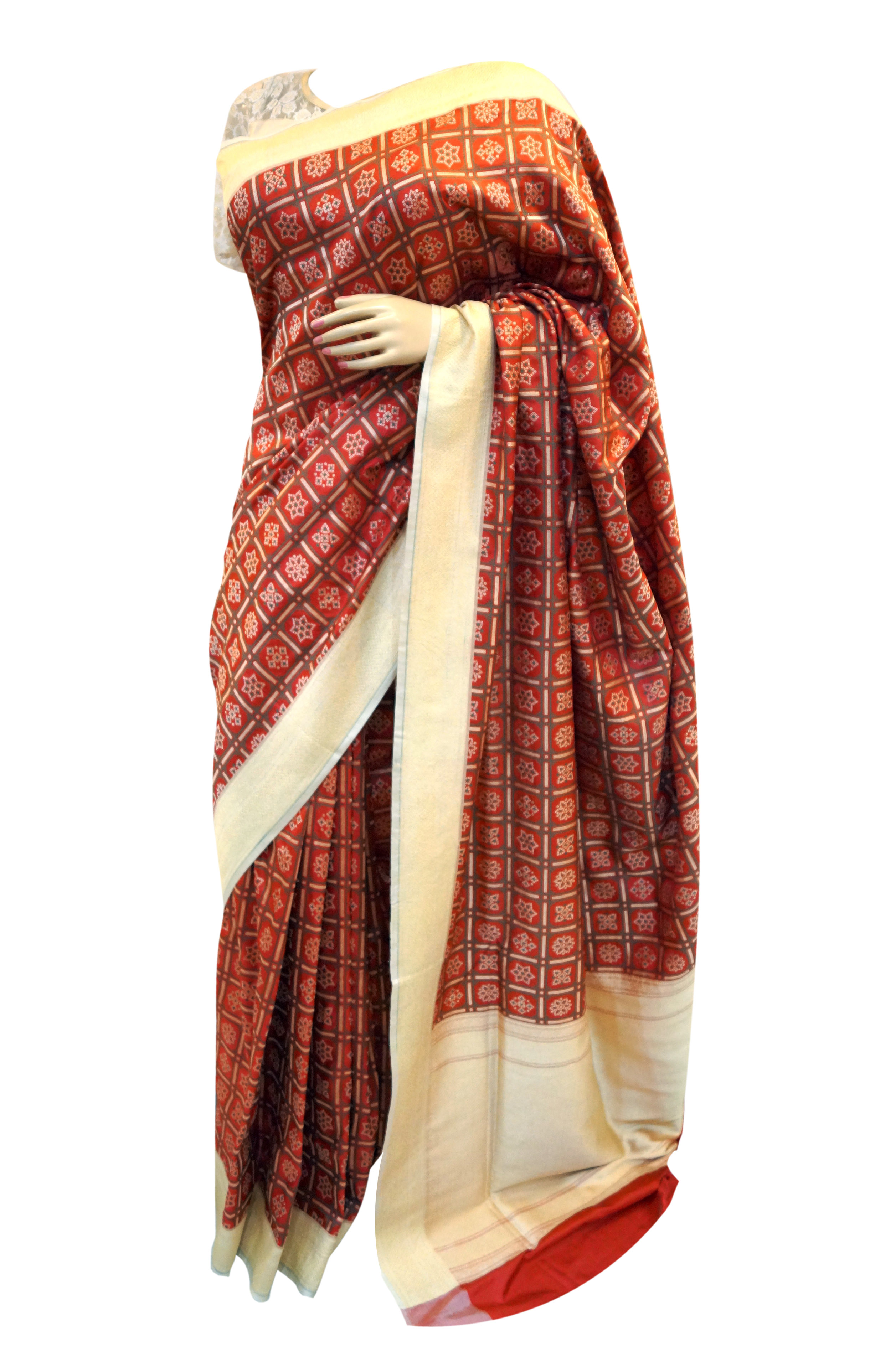
The revival of handlooms is happening through multiple thoughtful and creative interventions across the value chain. It starts at the very foundation—material innovation—where different yarns are blended to form unique textiles. For instance, combining banana fibre with mulberry silk results in a fabric that is not only eco-conscious but also texturally rich and visually intriguing. The next phase involves reimagining design.
Beyond clothing, handlooms are also finding their way into lifestyle spaces, including home interiors and fashion accessories. From intricately woven cushion covers and drapes to artisanal bags and footwear, the versatility of handwoven textiles is being explored and celebrated like never before. Importantly, a growing number of young designers are now turning their attention to lesser-known weaving clusters in remote regions of the country. By collaborating directly with these artisan communities—especially in the realm of natural dyeing and traditional processes—they are breathing new life into endangered techniques and bringing visibility to forgotten crafts. This multifaceted approach is not only preserving India’s rich textile heritage but also redefining it for the present and future generations.
Handloom textiles, once primarily associated with traditional attire, are now making their mark far beyond the boundaries of conventional clothing. Today, their presence can be felt across a spectrum of lifestyle and design spaces, showcasing their versatility and timeless appeal. In the realm of interiors, handlooms have found a new canvas—transforming into captivating wall art, upholstered furniture, and soft furnishings like cushions, curtains, and table runners. These textiles, with their intricate textures and artisanal beauty, add soul and storytelling to contemporary spaces.
Handlooms are also making waves in the world of accessories. From handcrafted bags and stoles to footwear and jewelry, these weaves are being shaped into statement pieces that blend function with craftsmanship. The gifting space, too, is witnessing a shift, with many choosing handloom-based products that carry cultural significance and conscious value—each gift a celebration of heritage and artistry.
Even within clothing, the narrative has evolved. Handlooms are no longer limited to traditional garments. They are now being reinterpreted through a modern lens—gracing western silhouettes like tailored pantsuits, fluid dresses, structured jackets, and elegant drapes. This fusion of age-old craftsmanship with contemporary design sensibilities is allowing handlooms to transcend seasons, styles, and borders.
Read the full story that first appeared in The Free Press Journal dated 22 July 2025 here:


Leave a Reply